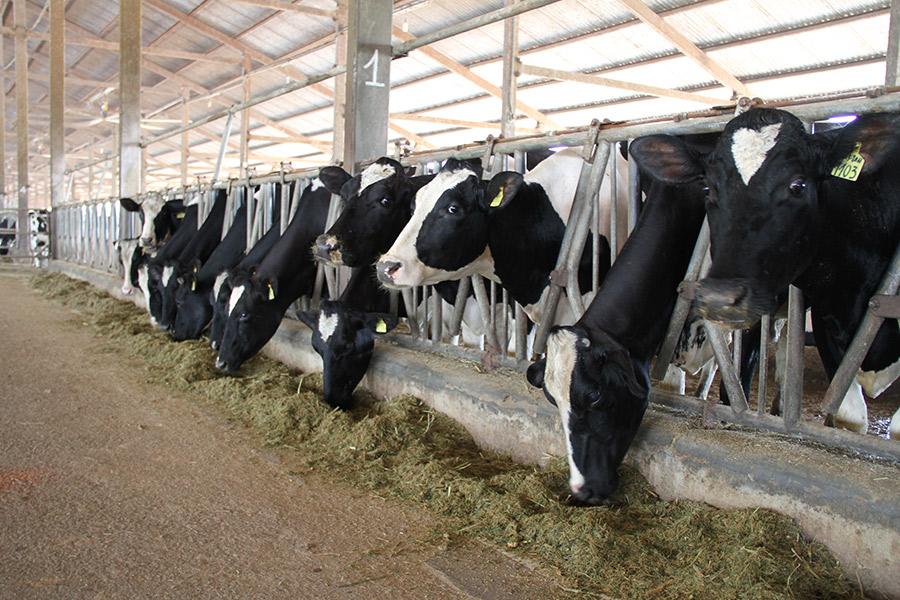Just out 11 March 2024
- Home
- CIRAD news
- News
- Atlas des transitions de l’élevage au Vietnam
Promoting the sustainable development of livestock farming in Vietnam

Dairy herd on the VN FutureMilk farm north of Hanoi (2013) - Jean-Daniel Cesaro, CIRAD
Today in Vietnam, as in many other countries in Southeast Asia, there is a dynamic of very rapid industrialization in the livestock sector. Between 2000 and 2015, poultry numbers doubled in Vietnam, the number of fattening pigs increased from 21 to 28 million, and the dairy herd increased sevenfold. This very rapid expansion of animal production is compromising the sustainability of current development pathways within this densely populated country. Often concentrated on the outskirts of large cities, livestock farms are increasing in size and becoming more and more intensive, with a growing number of modern farms using imported technologies. In many livestock farming regions, small diversified farms are being replaced by large specialized farms with just one type of production. This development responds to growing demand for standardised products driven by agrifood companies. Feed producers, dairies, meat processing industries and mass distribution are all steering these development pathways to their own advantage. They respond to booming urban demand, but pose significant risks to the environment, health and the social organization of territories.
The Atlas of Livestock Transitions in Vietnam documents these changes. Through more than 100 maps and graphs, it calls for more rational management of livestock development in Vietnam. As such, it is a valuable decision support tool to promote sustainable development pathways.
Policymakers have the power to arbitrate between the economic, environmental and social impacts of this industrialization, in particular by fostering greater inclusiveness for small producers within these sectors.
Goals include limiting effluents in groundwater, promoting exchanges of organic matter between intensive livestock production areas and farms, and, more generally, better integrating livestock farming activities into cultivated ecosystems.
Another goal is to support farmers who adopt new technologies and practices in order to reduce their environmental impact while ensuring intensive agroecological production close to cities. It is also important to promote medium-sized farms, which are better able to take account of the constraints of a very limited area.
Finally, more than ever, rural employment and populations need to be put back at the heart of territorial development policies. These policies must in particular build on win-win partnerships between private companies, family farms and local authorities, in order to encourage complementarity between livestock and crop farming activities for the sustainable management of ecosystems.
To produce this atlas, the research teams used data from five agricultural and rural censuses conducted by the General Statistics Office of Vietnam in 1994, 2001, 2006, 2011 and 2016. This data was supplemented by satellite photos, survey data and field observations.
Published by CIRAD and IPSARD, the Atlas of Livestock Transitions in Vietnam is a synthesis of five years of research conducted within the framework of the REVALTER project (2013-2016).
The REVALTER project (2013-2016)
The REVALTER project was financed by the Agence Nationale de la Recherche (ANR), with the support of the MALICA (Markets and Agricultural Linkages for Cities in Asia) platform. Its aim was to promote a new vision of the development of livestock farming in Vietnam, a country facing extremely rapid intensification and industrialization in this sector. The results of this project show that there is no single path towards modernization for changes in livestock farming in Vietnam. Various systems provide different solutions to the challenges of profitable production, food security, waste management and rural employment. Small-scale land tenure systems with high labour intensity can play a key a role, as can large-scale systems.




























